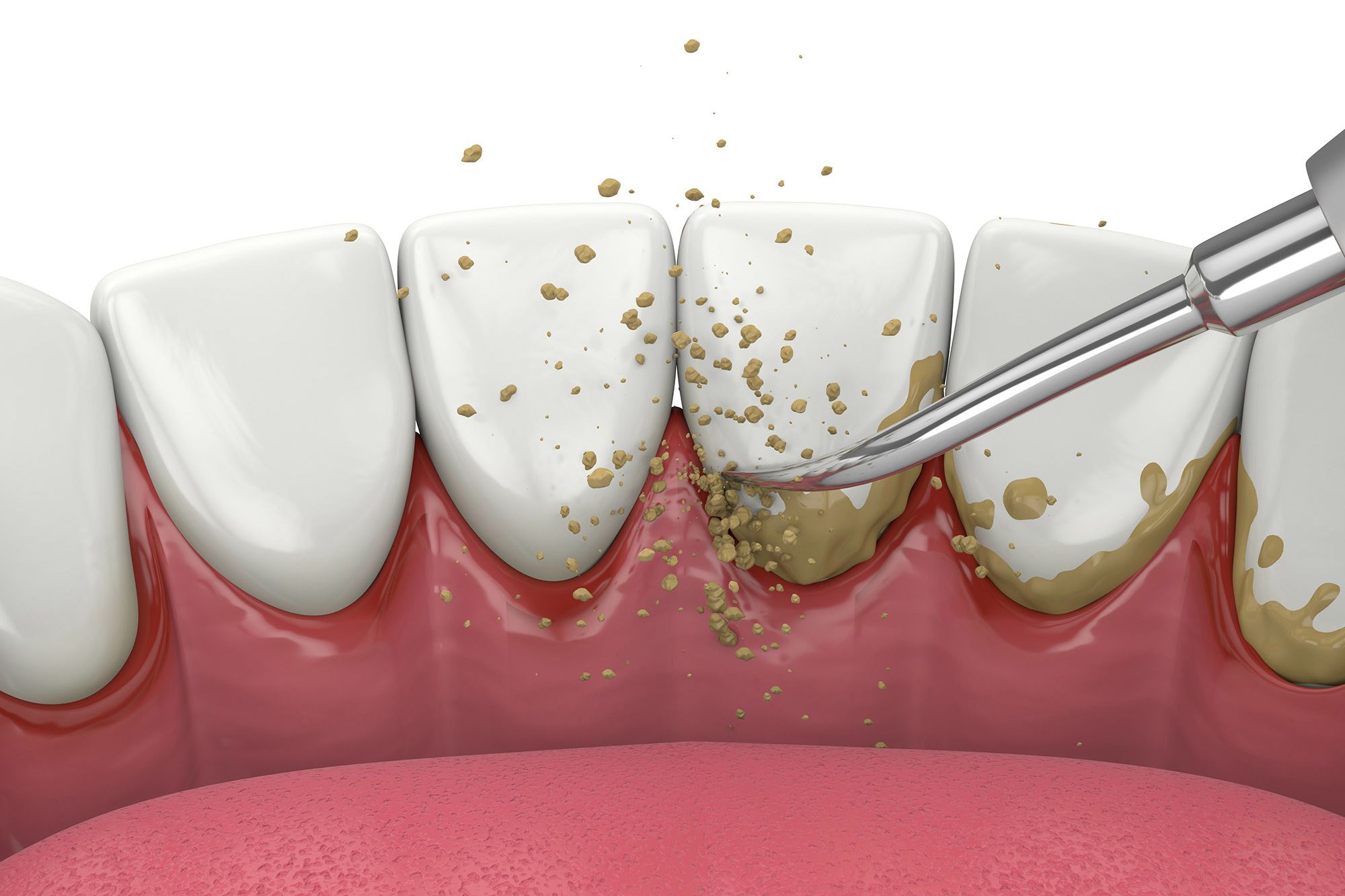World data
Severe periodontal disease is widespread, with a global prevalence of about 19% in people aged greater than 15 years, representing more than 1 billion cases worldwide 1.
1 Global oral health status report: towards universal health coverage for oral health by 2030.
World health Organization Nov 2022
World health Organization Nov 2022
Non-surgical therapy is considered the gold standard for the initial treatment of inflammatory periodontal disease.
The therapeutic approach
The use of minimally-invasive techniques in restorative dentistry is now recognized as of increasing importance, and is often in the better interests of patients.
In the light of the latest scientific evidence he Italian Society of Periodontology and Implantology (SIdP) with the aim of guiding the dentist, has drawn up guidelines in the treatment of periodontitis in its various stages of disease, in four main steps.
 English (United Kingdom)
English (United Kingdom)  Italiano (Italia)
Italiano (Italia) 






